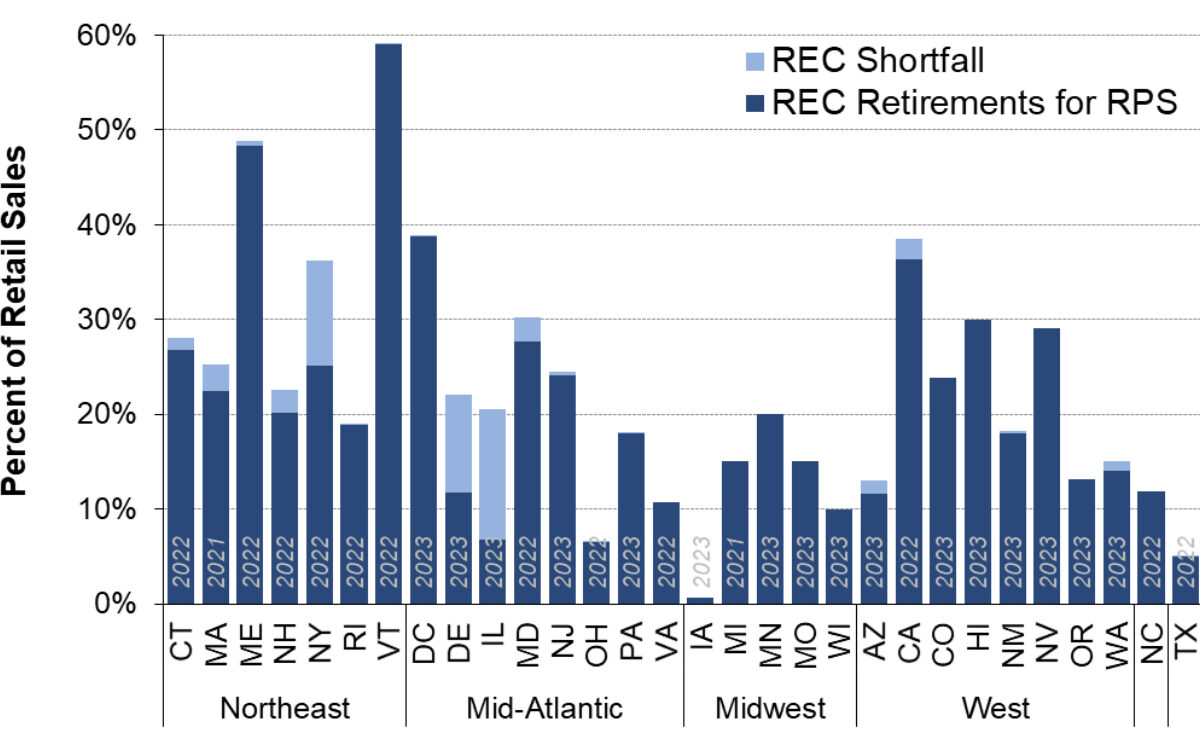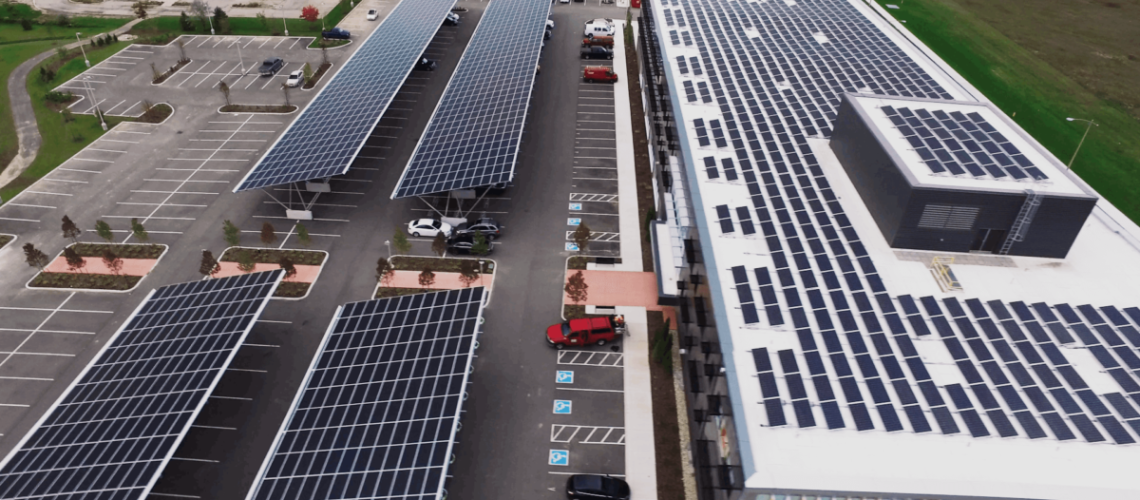With the introduction of the American Tax Dollars for American Solar Manufacturing Act earlier this month, senators are trying to close this work-around and put American manufacturing back on a level playing field.
Two years ago, the Biden Administration and Congress worked together to begin the process of reshoring solar manufacturing.
For the last 20 years, China has been working hard to secure a monopoly over this critical technology. While China has mostly succeeded, the Inflation Reduction Act (IRA) created a set of incentives to get us back in the game. But, one critical piece may undermine our progress – we are letting China-headquartered companies locate final manufacturing in the United States, taking advantage of those same incentives while preserving their supply chain monopoly over the fundamental components.
Fortunately, with the introduction of the American Tax Dollars for American Solar Manufacturing Act earlier this month, senators are trying to close this work-around and put American manufacturing back on a level playing field.
Solar energy was invented in the United States, but right now nearly all of it, and about 99% of the fundamental component (the wafer), is being manufactured elsewhere, specifically, by Chinese-controlled companies. As our government works to invest in clean energy, we’re incentivizing companies to build back their operations in the U.S. so Americans can benefit from good-paying jobs, foster innovation from our world-leading R&D abilities, and establish energy independence in the critical technologies for our future.
Congress created a remarkably far-sighted system to reshore solar, batteries and wind technology. Policymakers not only created supply-side incentives in the advanced manufacturing production incentive that encourage manufacturers to build big factories quickly, but they paired them with demand-side incentives to give developers who use the products a bonus if they buy the products of those factories as they build solar and wind farms.
Unfortunately, the guidance for that bonus issued by the Treasury Department so far has missed the mark and has now become one of the biggest obstacles to jumpstarting the onshoring of American solar manufacturing. As it stands, Chinese companies can continue to leverage their monopoly power over the fundamental components of solar, produced with weak environmental and labor protections as well as massive direct subsidies, and sell to projects claiming the “domestic content bonus.” The clock is ticking to get this right as billions of investment dollars and thousands of jobs in solar manufacturing hang in the balance. In a very real sense, the future of solar energy depends on it.
China has dominated the solar manufacturing sector for a decade, and they’ve done it using a familiar playbook to those of us who’ve watched what the OPEC cartel has done to oil markets. OPEC’s ability to control price was legendary and it wasn’t limited to keeping prices high. Much more importantly, they could crash prices when they wanted to in order to run out competition. From “heavy oil” in Venezuela, to oil sands in Canada, to fracking in the US, OPEC has demonstrated again and again that you can either join them like Venezuela or be run over, with the attendant economic crash that people in Colorado, New Mexico, and Texas have seen many times over.
Now, China is doing the same thing in solar – as we are currently seeing the lowest prices in history, far below production cost – to stifle our manufacturing renaissance before it gets a chance to take off. Stymying competition and, thus, innovation is chapter one of the cartel playbook and China has perfected their execution.
Look no further than our friends across the pond: nearly all of the European solar manufacturers have closed operations due to insufficient protections from below market Chinese products. Many are even looking to the United States, but that will quickly change if our policies don’t keep pace.
To build a robust solar supply chain in the United States, our government must prove that we have the backs of our manufacturers. Companies will not invest here if they do not think they will be protected. How are U.S. manufacturers supposed to compete when China is setting prices far below the cost of production?
The fact is, international competition is not for the faint of heart. Our companies can hold their own, but only if the government has their backs and helps build the foundation for successful competition. This means leveraging our strengths; our unmatched innovation apparatus, strong investor base, and our brutally efficient market that forces constant improvement. But this only works if we don’t ignore the fact that China simply doesn’t have a free market economy.
Unlike the U.S., where most of our economy is us selling products and services to each other, their entire economic system requires exports, because their consumer class doesn’t have the ability to support their economy. This means, the U.S. government must work to produce a level playing field for U.S. manufacturers through the three legged stool of production support, demand incentives, and tariffs and other trade remedies. For the first time in several generations, we’re on the path to building the supports our economy needs to thrive in these all-important industries – as long as we don’t lose our will to succeed,
No one action can unwind the years of investment that Chinese-headquartered solar firms have made to control the solar industry, but we must act now with every tool at our disposal. By updating the domestic content bonus, enforcing smart trade policy, and standing up to the Chinese-controlled monopoly trying to protect their dominance by doing the minimum possible in the U.S. we can reshore the domestic solar supply chain, ensure the United States is clean energy independent, and secure a future for solar manufacturing in America that will benefit workers, businesses and the environment.
Mike Carr is the executive director of the SEMA Coalition. Prior to joining SEMA, Carr served as the principal deputy assistant secretary for the Office of Energy Efficiency and Renewable Energy and the senior advisor to the director of energy policy and systems analysis at the U.S. Department of Energy from 2012 to 2015. Prior to serving the President at DOE, Mike served as Senior Counsel to the Senate Committee on Energy and Natural Resources from 2004 to June 2012. He holds a law degree, with a Certificate of Specialization in Environmental and Natural Resources Law, from Lewis and Clark College and a Bachelor’s from the University of Colorado – Boulder.
Popular content




